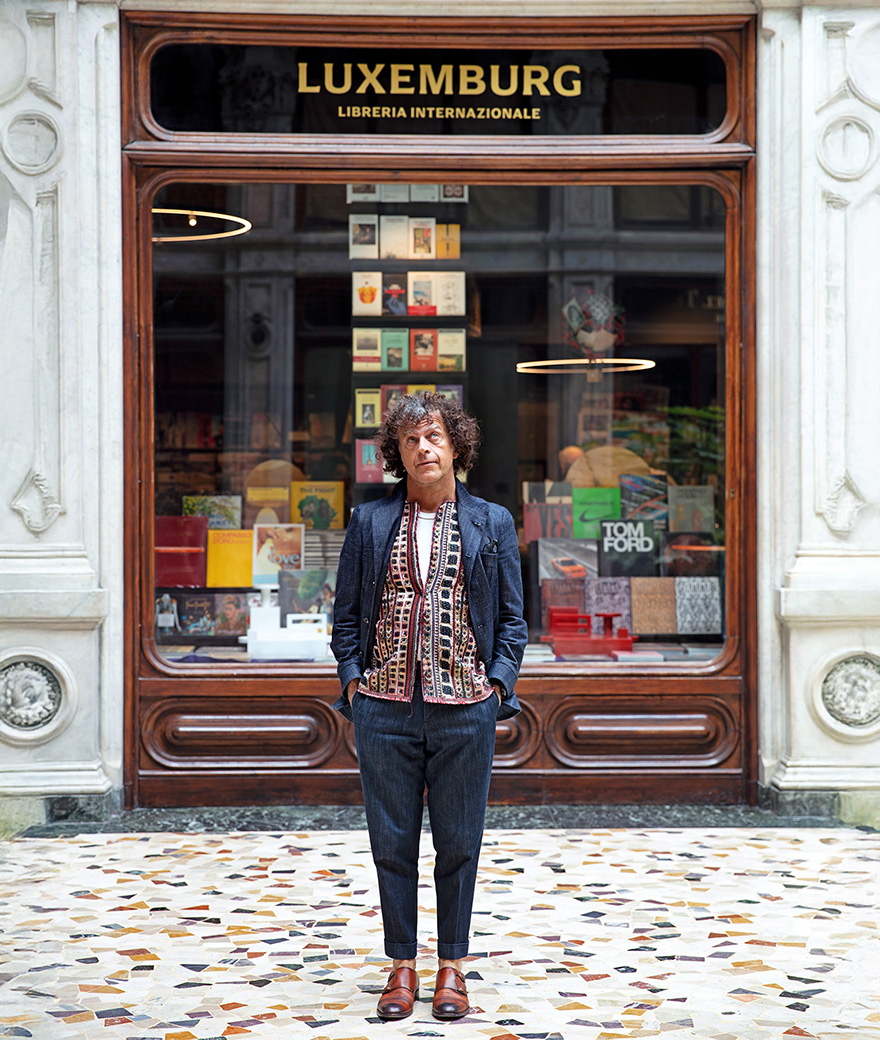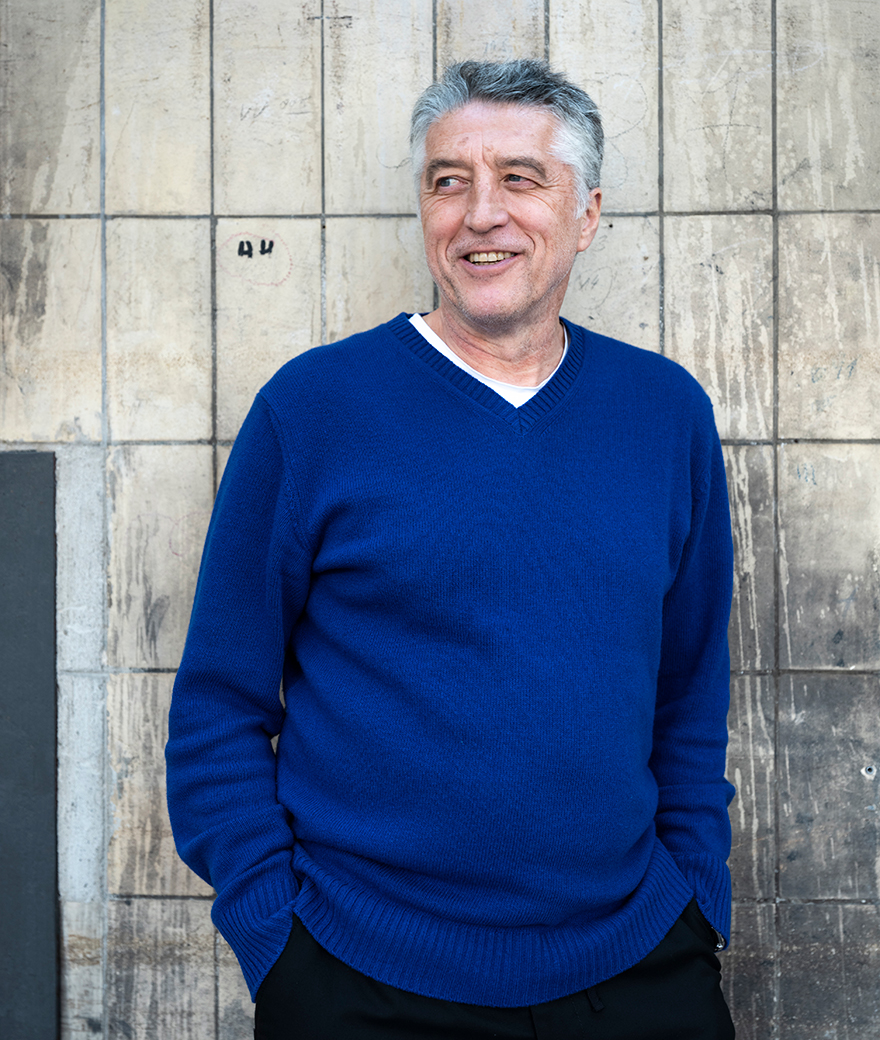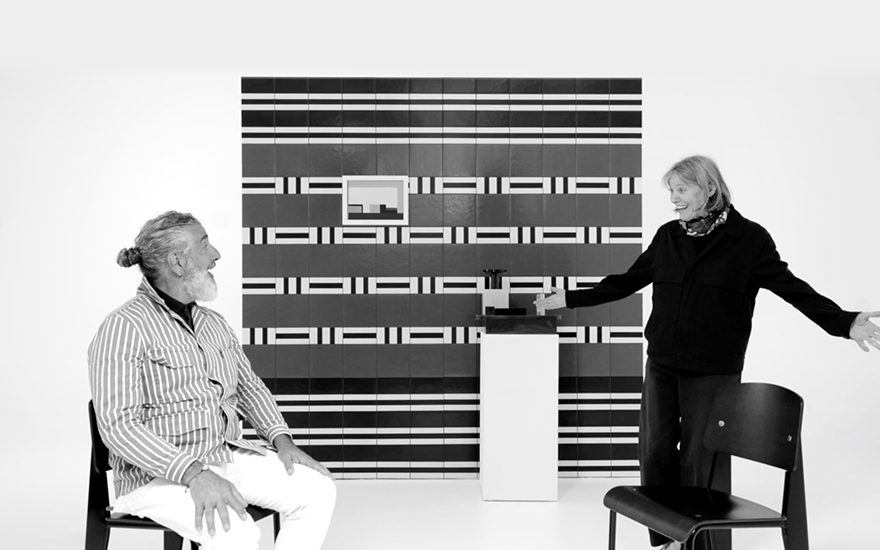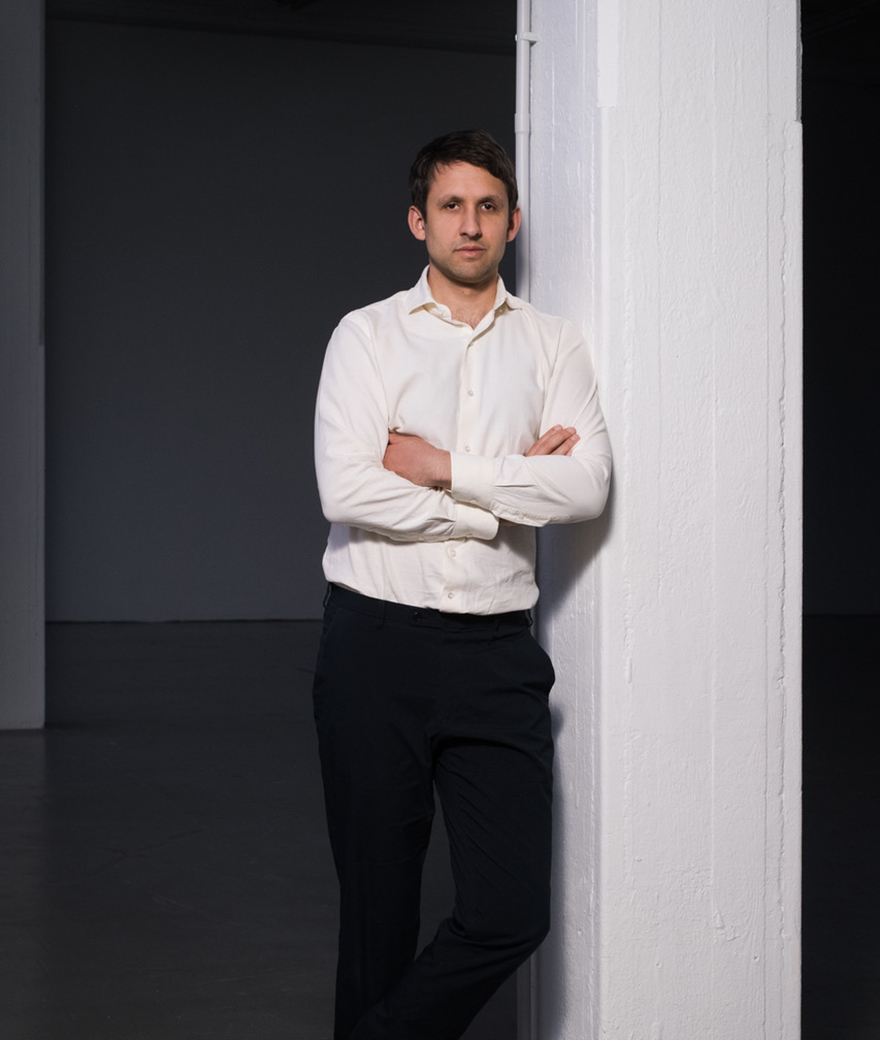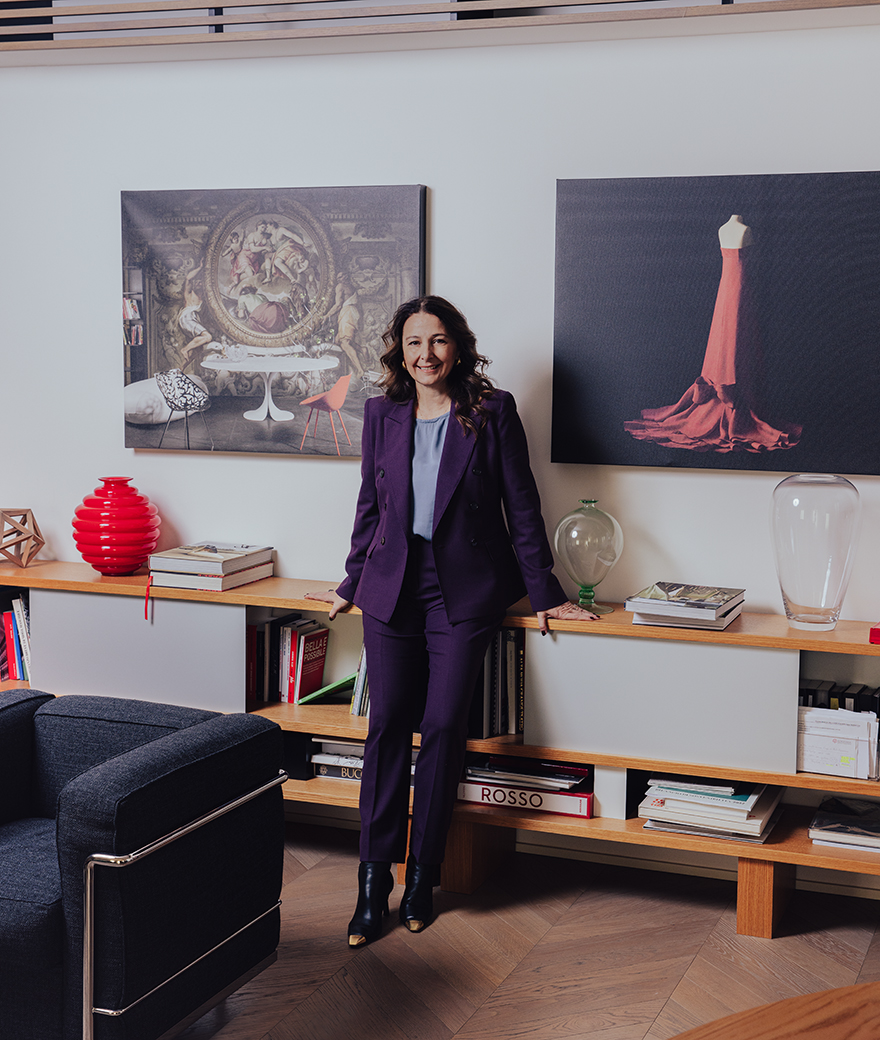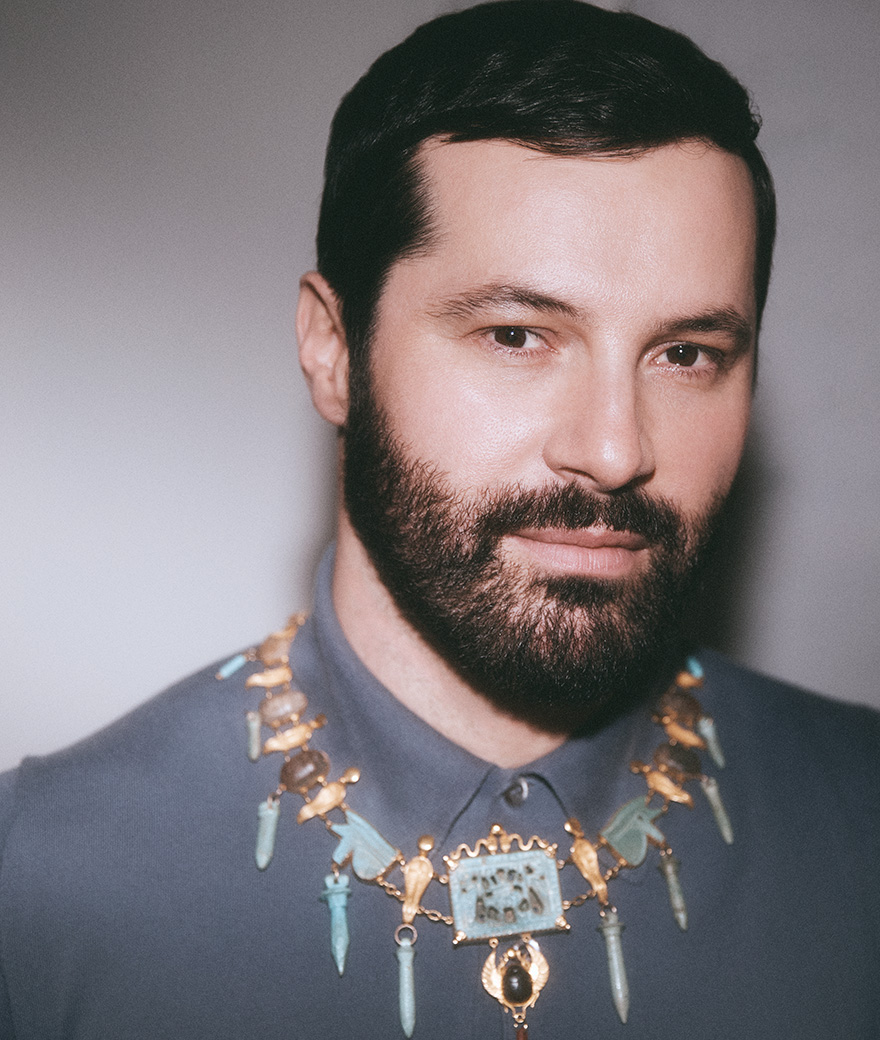A talk with Daniel Baumann
How did you get passionate about contemporary art?
My father used to write about contemporary art and organize exhibitions in Burgdorf, a small town in the Emmental, Switzerland, where I grew up. I remember artists coming to our house, I was fascinated by their oblique views and sometimes unpredictable behavior. Art seemed like a promising space where people thought and acted in unconventional ways. To me, it was and still is a space in-between, always serious about life, history, politics and visual culture, yet challenging, inspiring and hilarious at the same time.
What’s the most exciting part of being a curator? And the hardest one?
The most exciting part is meeting with artists, figuring out what their art "talks" about, organizing and curating exhibitions, sharing their work and thoughts with the public. The most difficult – or rather the less interesting – part is fundraising, although I get used to it and I do meet really interesting people there too. I really can't complain about my job.
Before starting your journey at the Kunsthalle Zürich, you had several work experiences in Europe, Asia and the United States. How did this intercultural knowledge shape your personal approach?
I grew up between the 1970s and 1980s, embedded in a solid west-European culture. Serious doubts about its values and hegemony emerged, pervasively analyzed and powerfully expressed by post-colonialism and feminism. Then, in 1989, the world opened up and the old ideologies looked even more worn out and useless. I realized how limited my views and my knowledge were, I was hungry to see and learn more, and started to go beyond the usual places. I established an ongoing exhibition series in Tbilisi, Georgia, worked for the Dhaka Art Summit in Bangladesh, spent two years in Pittsburgh, co-founded an independent art space and worked for many years for the Adolf Wölfli Foundation. I brought all these very different experiences to Kunsthalle Zürich to transform it into an inspiring and unpredictable institution
Art seemed like a promising space where people thought and acted in unconventional ways. To me, it was and still is a space in-between, always serious about life, history, politics and visual culture, yet challenging, inspiring and hilarious at the same time.
How do collaborations with the artists develop? What kind of relationship do you engage with them?
I love art and artists because I learn from them. What I can bring to the table is my experience as a curator and my role as first visitor. I curate shows to make art public and accessible. An exhibition is a tool, not a goal.
You are internationally recognized as one of the most revolutionary curators. What kind of innovation do you think the artistic field needs the most nowadays?
Oh thanks, but I am not sure if I’m that revolutionary. Maybe I am just a bit wild, curious and sometimes upset with how things go. But yes, I love to take risks and I support artists who take risks. I think we live in very conventional times, where people are obsessed with being liked and followed. I observe a growing standardization of our lives, which comes with a growing polarization. We have to find answers to this, to build bridges and destroy walls. To me, art, exhibitions and institutions like Kunsthalle are possible answers: they create spaces for people to meet, get involved, debate, enjoy, laugh and criticize.
During FIAC 2018, the third edition of This Is Not a Prize has been assigned to Californian artist Liz Larner. Since you were one of the committee members, can you tell us what did impress you the most of her work? Why did you choose her among all the participating artists?
Liz Larner's core business is sculpture, so her art revolves around the question of the body in space (private or public). She addresses it with elegance and violence. Colour plays an important role, absence too. Volumes occupy space, and sometimes dissolve it. There is seduction at play, but also vehemence. Body and space are and remain battlegrounds, currently they are in the midst of a hurricane – just think of identity politics, #MeToo, social media and the abuse of power. In the art of the last fourty years, some of the most lucid contributions to this topic come from women, especially sculptors (like Louise Bourgeois, Carol Rama, Phyllida Barlow or Isa Genzken). Most of them were recognized very late and their irreverent handling of tradition and scrutinizing of history was not appreciated by neither curators, nor institutions, nor the market. A second generation came with artists like Liz Larner. While their male counterparts got fame and success, they only get their recognition now. This is why awards like This Is Not a Prize are important: they promote change.
Do you remember the first time you get in touch with Mutina? What were your thoughts about our team and approach?
It was like entering a cool gallery. You immediately sense that Mutina is about promoting a different way of thinking, where to experiment and get experience are key and designers and artists are taken seriously in order to make the impossible (maybe) possible. Personally, I discovered an entire world of creation and production!
Among the several artists you have worked with, is there anyone you would see designing a Mutina collection?
There are many artists with whom to create an interesting collaboration. I am sure Lena Henke, Emil Michael Klein, Gabriel Sierra, Cheryl Donegan or Rob Pruitt would love to confront with ceramics!
We have to find answers to this, to build bridges and destroy walls. To me, art, exhibitions and institutions like Kunsthalle are possible answers: they create spaces for people to meet, get involved, debate, enjoy, laugh and criticize.

